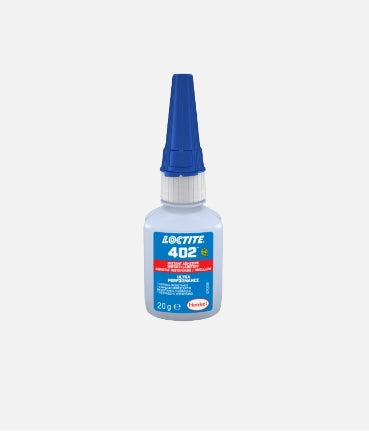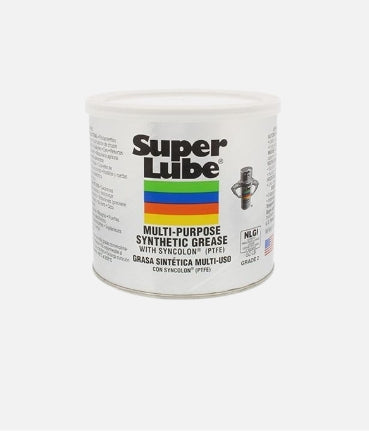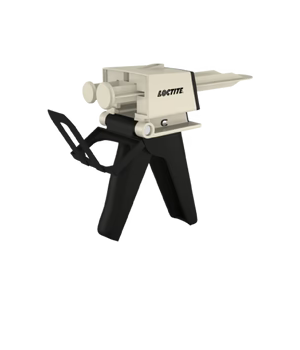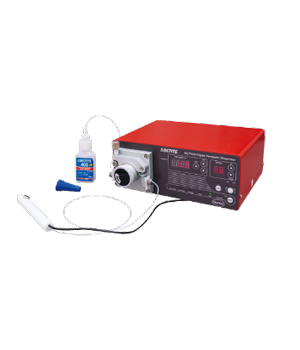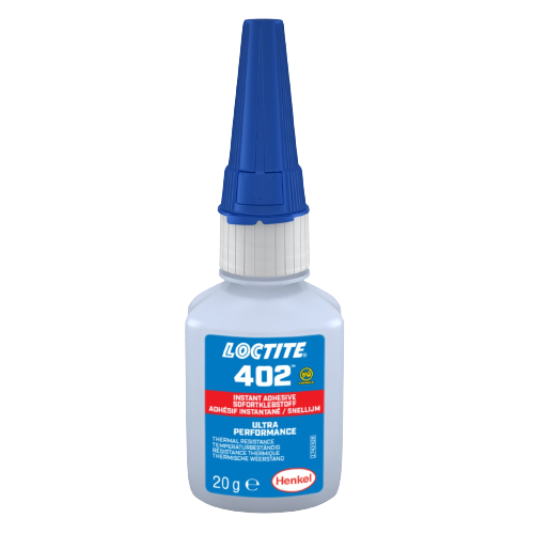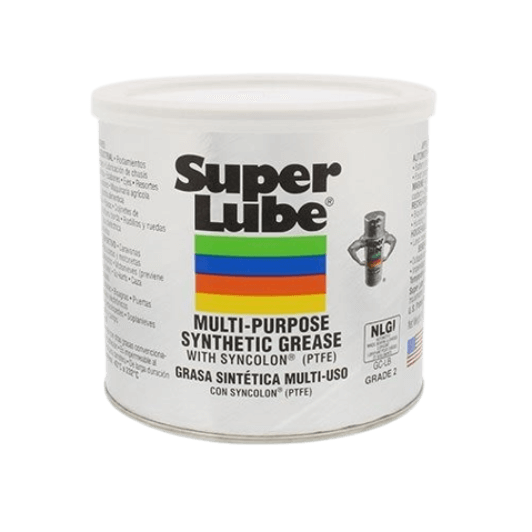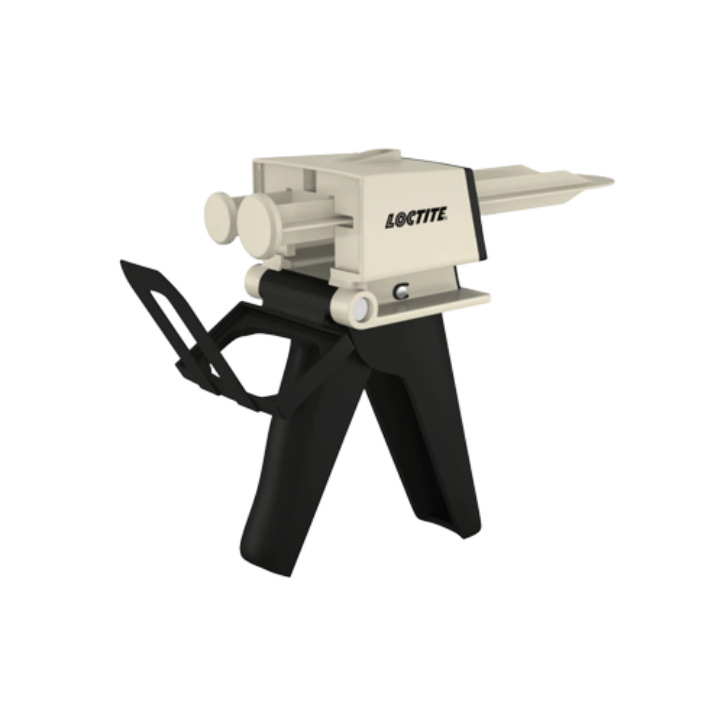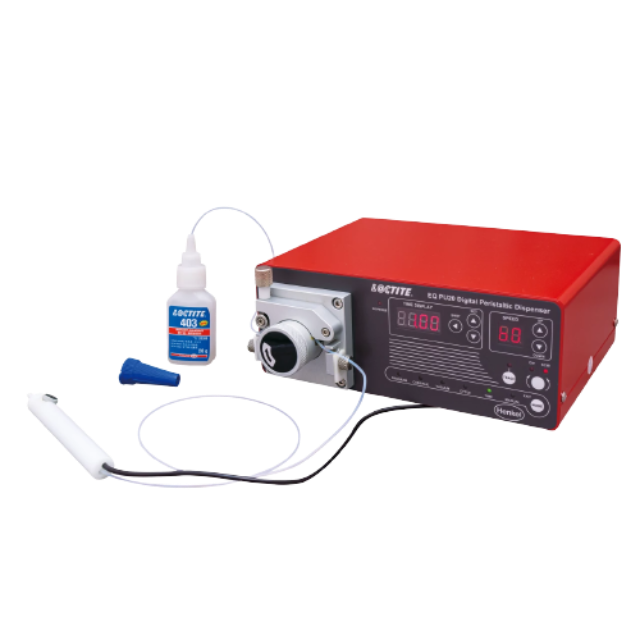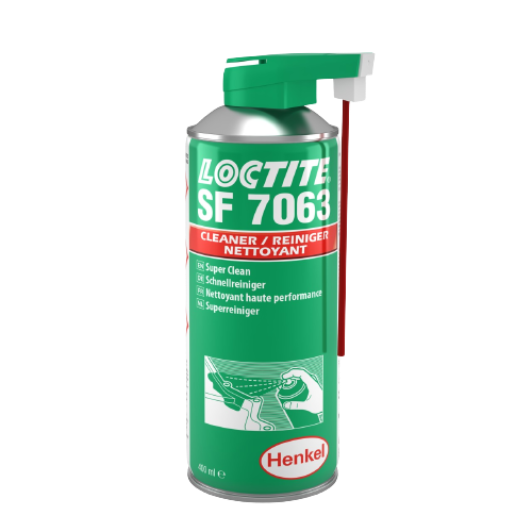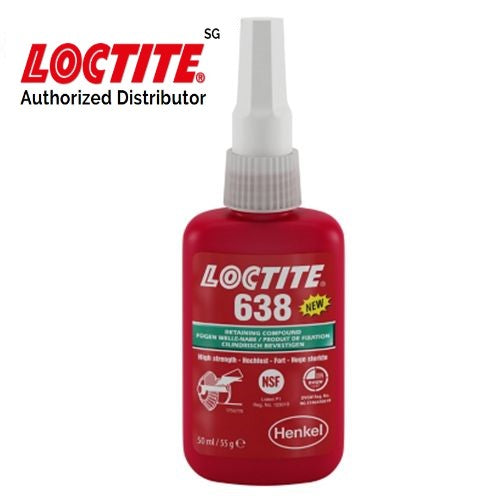
Loctite 638 High Strength Retaining Compound
Loctite 638 High-visc High Strength Retaining Compound 50ml
- Shear Strength, Steel : 4500
- Temperature : -65 - 300 °F
- Viscosity : 2500 mPa.s (cP) Brookfield
- Color : Green
- Curing Type : Anaerobic
- Application : Retaining
LOCTITE 638 is designed for the bonding of cylindrical fitting parts, particularly with narrow bond gaps approaching 0.25 mm. The product cures when confined in the absence of air between close-fitting metal surfaces and prevents loosening and leakage due to shock and vibration. It not only works on active metals but also on passive substrates, exhibiting robust cure performance. The product offers high-temperature performance and good oil tolerance, and tolerates minor surface contaminants.
- High temperature resistance
- Tolerates minor contaminants, including industrial oils
- High strength on all metals, including passive substrates (e.g. stainless steel)
- Ideal for shafts, gears, pulleys and similar cylindrical parts
- P1 NSF Reg. No.: 123010
- DVGW Approval (EN 751-1): NG-5146AR0619
- WRAS Approval (BS 6920): 0511518
LOCTITE®
638™ is designed for the bonding of cylindrical
fitting parts, particularly where bond gaps can approach 0.25
mm and where maximum strength at room temperature is
required. The product cures when confined in the absence of
air between close fitting metal surfaces and prevents loosening
and leakage from shock and vibration. Typical applications
include locking bushings and sleeves into housings and on
shafts. LOCTITE®
638™ provides robust curing performance.
It not only works on active metals (e.g. mild steel) but also
on passive substrates such as stainless steel and plated
surfaces. The product offers high temperature performance
and oil tolerance. It tolerates minor surface contaminations
from various oils, such as cutting, lubrication, anti-corrosion
and protection fluids.
NSF International
Registered to NSF Category P1 for use as a sealant where
there is no possibilty of food contact in and around food
processing areas. Note: This is a regional approval. Please
contact your local Technical Service Center for more
information and clarification.
TYPICAL CURING PERFORMANCE
Cure Speed vs. Substrate
The rate of cure will depend on the substrate used. The graph
below shows the shear strength developed with time on steel
pins and collars compared to different materials and tested
according to ISO 10123.
Cure Speed vs. Bond Gap
The rate of cure will depend on the bondline gap. The following
graph shows shear strength developed with time on steel pins
and collars at different controlled gaps and tested according to
ISO 10123.
Cure Speed vs. Temperature
The rate of cure will depend on the temperature. The graph
below shows the shear strength developed with time at
different temperatures on steel pins and collars and tested
according to ISO 10123.
Cure Speed vs. Activator
The graph below shows the shear strength developed with
time on stainless steel pins and collars using Activator SF
7471™, SF 7649™ and SF 7091™ and tested according to
ISO 10123.
GENERAL INFORMATION
This product is not recommended for use in pure oxygen
and/or oxygen rich systems and should not be selected as
a sealant for chlorine or other strong oxidizing materials.
For safe handling information on this product, consult the
Safety Data Sheet (SDS).
Where aqueous washing systems are used to clean the
surfaces before bonding, it is important to check for
compatibility of the washing solution with the adhesive. In
some cases these aqueous washes can affect the cure and
performance of the adhesive.
This product is not normally recommended for use on plastics
(particularly thermoplastic materials where stress cracking of
the plastic could result). Users are recommended to confirm
compatibility of the product with such substrates.
Directions for use
For Assembly
- For best results, clean all surfaces (external and internal)
with a LOCTITE®
cleaning solvent and allow to dry. - To accelerate cure speed or where large gaps are
present, use activator and allow to dry. - For Slip Fitted Assemblies, apply adhesive around the
leading edge of the pin and the inside of the collar and
use a rotating motion during assembly to ensure good
coverage. - For Press Fitted Assemblies, apply adhesive
thoroughly to both bond surfaces and assemble at high
press on rates. - For Shrink Fitted Assemblies, the adhesive should be
coated onto the part to produce a smooth, even film of
material. If heating the hub for assembly, coat the pin. If
the pin is to be cooled for assembly, coat the hub. If both
heating and cooling is to be done, apply material to
cooled part. Avoid condensation on cooled parts. - Parts should not be disturbed until sufficient handling
strength is achieved.
For Disassembly
- Remove with standard hand tools.
- If needed, apply localized heat to the assembly to
approximately 250 °C. Disassemble while hot. - If this temperature is not possible, heat as much as
possible and use mechanical aids
For Cleanup
- Cured product can be removed with a combination of
soaking in a Loctite solvent and mechanical abrasion
such as a wire brush.
Storage
Store product in the unopened container in a dry location.
Storage information may be indicated on the product container
labeling.
Optimal Storage: 8 °C to 21 °C. Storage below 8 °C or
greater than 28 °C can adversely affect product properties.

Categories
Products Brand

